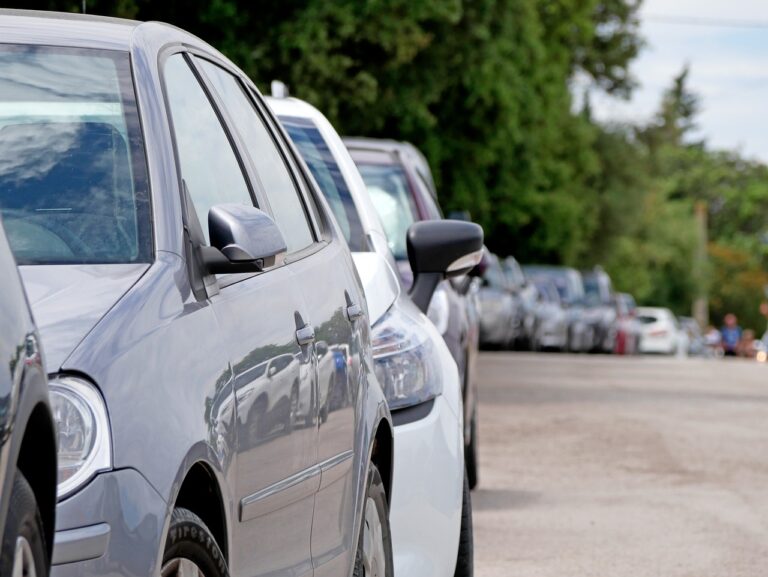The Impact of Environmental Conditions on the Effectiveness of Safety Systems
11xplay .com, diamondexch999 sign up, skyexchange: When it comes to safety systems, their effectiveness can be greatly impacted by environmental conditions. Whether it’s extreme temperatures, high humidity, or corrosive chemicals, the environment in which safety systems operate plays a crucial role in their ability to function properly. In this article, we will delve into the various ways in which environmental conditions can affect safety systems and what measures can be taken to ensure their optimal performance.
Understanding the Impact of Environmental Conditions
Environmental conditions can have a significant impact on the effectiveness of safety systems in a variety of ways. For example, extreme temperatures can cause certain materials to expand or contract, leading to malfunctioning components. High humidity can result in corrosion and rust, while exposure to harsh chemicals can degrade the integrity of safety equipment. Additionally, factors such as vibration, dust, and electromagnetic interference can also contribute to the degradation of safety systems.
It’s essential for businesses and organizations to consider the specific environmental conditions in which their safety systems will be operating. Failure to do so can result in catastrophic consequences, including injuries, fatalities, and damage to property. By understanding the impact of environmental conditions on safety systems, organizations can take proactive measures to mitigate risks and ensure the safety of their employees and assets.
Factors Affecting Safety System Performance
There are several factors that can affect the performance of safety systems in different environmental conditions. Some of the key factors include:
1. Temperature: Extreme temperatures can cause components to expand or contract, leading to malfunctions.
2. Humidity: High humidity can result in corrosion and rust, compromising the integrity of safety equipment.
3. Chemical Exposure: Contact with harsh chemicals can degrade the materials used in safety systems.
4. Vibration: Excessive vibration can cause components to loosen or detach, impacting the functionality of safety systems.
5. Dust and Debris: Accumulation of dust and debris can obstruct sensors and other components, leading to failures.
6. Electromagnetic Interference: Interference from electromagnetic signals can disrupt the communication and operation of safety systems.
Mitigating Risks in Challenging Environments
To ensure the effectiveness of safety systems in challenging environments, organizations can take a few key steps to mitigate risks. Some of these measures include:
1. Regular Maintenance: Regular maintenance and inspections of safety systems can help identify issues before they become major problems.
2. Proper Installation: Ensuring that safety systems are properly installed and calibrated is crucial for their optimal performance.
3. Environmental Monitoring: Implementing environmental monitoring systems can help organizations track conditions and take appropriate action when necessary.
4. Protective Enclosures: Using protective enclosures can shield safety systems from environmental hazards such as dust, moisture, and chemicals.
5. Material Selection: Choosing materials that are resistant to the specific environmental conditions can help prolong the lifespan of safety systems.
6. Training and Education: Providing training to employees on the proper use and maintenance of safety systems can improve their effectiveness and longevity.
FAQs
Q: How often should safety systems be inspected?
A: Safety systems should be inspected at least annually, but more frequent inspections may be necessary depending on the environmental conditions and usage.
Q: What should I do if a safety system malfunctions?
A: If a safety system malfunctions, it should be immediately taken out of service and inspected by qualified personnel to determine the cause of the issue.
Q: Can safety systems be modified to withstand harsh environmental conditions?
A: In some cases, safety systems can be modified or upgraded to better withstand harsh environmental conditions. Consult with a qualified safety engineer for recommendations.
In conclusion, environmental conditions play a crucial role in the effectiveness of safety systems. By understanding the impact of factors such as temperature, humidity, and chemical exposure, organizations can take proactive measures to mitigate risks and ensure the safety of their employees and assets. Regular maintenance, proper installation, and monitoring of environmental conditions are key to maximizing the performance of safety systems in challenging environments. Remember, safety should always be a top priority, regardless of the conditions in which your systems operate.







